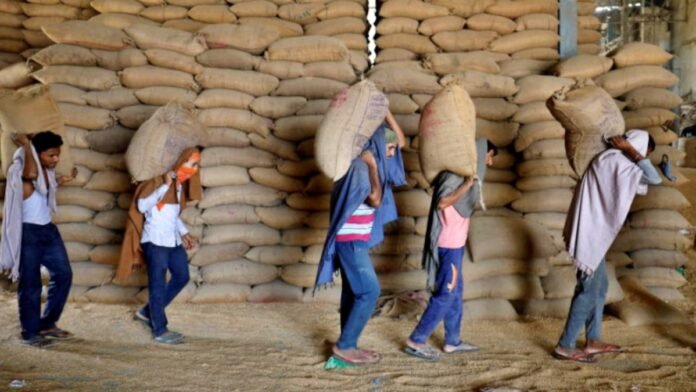
New Delhi: Due to the side effects caused by global warming, soon many countries of the world may have to face the problem of the Food Supply Crisis. According to a report published in The Indian Express, a new report on the state of global temperature and food has revealed that India will face more than a 16% shortfall in the food supply in 2050 due to water and heat stress. will face, leading to an increase of more than 50% in the food-insecure population. However, the report puts China on top, where the food supply will decrease by 22.4%, followed by South America by 19.4%.
The report states that many Asian countries, including China and ASEAN members, who are currently net food exporters, will become net food importers by 2050. Water stress means that the demand for clean or usable water is increasing rapidly, while the sources are shrinking. India ranks 13th globally in terms of facing a water crisis in 2019.
The availability of water supply in India ranges between 1100-1197 Billion Cubic Meters (BCM). In contrast, demand is expected to increase from 550–710 BCM in 2010 to approximately 900–1,400 BCM in 2050. 1 Review and Findings report published by the Global Commission on the Economics of Water (GCEW) suggests that India’s poor water policy design is a major obstacle to addressing water stress. It targets India’s energy subsidies to farmers, which encourage the over-use of water, leading to the depletion of aquifers.

The report stresses trade to reduce water scarcity. It calls on water-strapped countries to import water-intensive agricultural products instead of producing them domestically. The commission was launched at the World Economic Forum in 2022 and is composed of 17 experts, community leaders, and practitioners from a wide range of science, policy, and front-line practice expertise from all regions of the world. The report provides projections for 2050, and how this situation will affect global irrigated food production and food security from the base year of 2014 to 2050.






















































